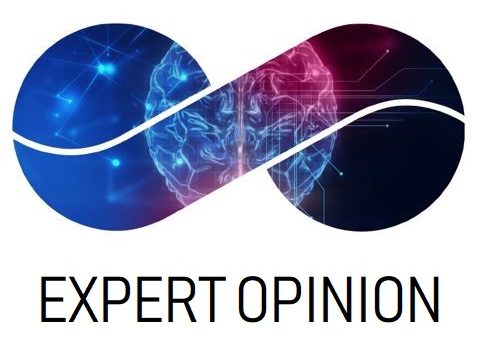Ischemia-reperfusion injury:
Recent clinical data challenge the translational value of mechanical MCAO models of stroke in rodents
Ischemia-reperfusion injury has been hypothesized to play a major role in the physiopathology of acute stroke since it has been demonstrated that abrupt reperfusion induces secondary brain damages responsible for up to 70% of the final ischemic lesion size in rodents.
However, such a critical role for abrupt reperfusion on the ischemic injury has never been clearly demonstrated in human. Indeed, clinical data were still lacking up to recently. It is of importance considering that mechanical ischemia-reperfusion with a monofilament has been considered as a gold-standard model of stroke for decades.
That’s why Strok@lliance‘s academic partner (PhIND laboratory, Caen) reanalysed data from Aspiration vs Stent Retriever for Successful Revascularization (ASTER) clinical study to evaluate cerebral infarct progression after abrupt reperfusion in thrombectomised patients.
The results, recently published in the journal Stroke, did not evidence any lesion growth 24h after complete reperfusion in most patients.
This discrepancy between clinical and preclinical pathophysiologies question the translational value of the mechanical ischemia-reperfusion model in rodents and should be considered during preclinical evaluation of neuroprotective strategies. In particular, it indicates that this model is not a translational model of thrombectomy nor a suitable model to test neuroprotective agent efficacy during the acute phase of stroke.
It underlines the urgent need for more translational models. That’s why we, at Strok@lliance, are committed to provide innovative ischemic stroke models to support the development of new drugs.
